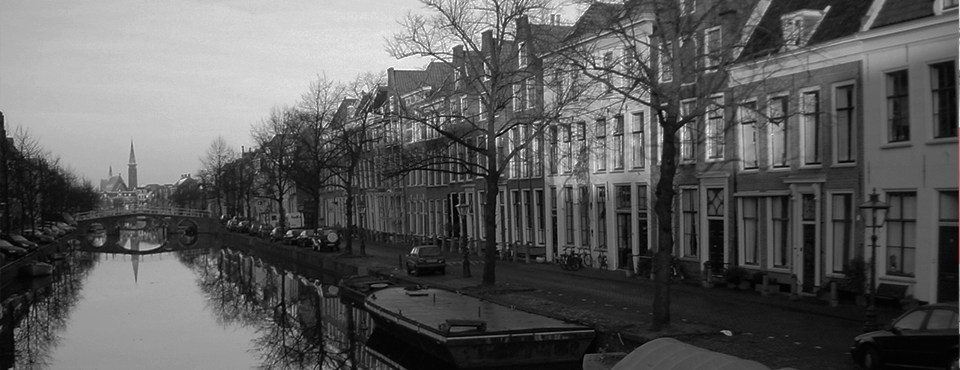
Should we invest in historic buildings?
[For the Dutch press release, click here]
[For the Dutch version of this blog, click here]
In many countries, vast amounts of public money are invested to preserve historic buildings. In the Netherlands, for example, total public expenditures on renovation subsidies have been more than a billion euros since the 1970s. An important argument for these subsidies are that these historic buildings generate benefits for the surrounding neighbourhood. Indeed, few people will dislike it to have a stroll in the historic city centres of Amsterdam, Utrecht or Leiden. Although it is not hard to come up with an estimate of the costs of these investments, the potential benefits of these investments are hard to capture. This implies that we cannot make informed decisions on how much public money we are willing to spend on historic buildings and neighbourhoods.
In a recent paper, Hans Koster and Jan Rouwendal, study the effects of investments in renovations of historic buildings on the house prices of surrounding houses. The idea is that households are willing to pay higher prices for their houses if the neighbourhood is more attractive, for example due to appealing historic buildings.The study uses a huge dataset on more than two million housing transactions from the NVM and 12 thousand subsidies on investments in renovation projects, provided by the RCE.These renovation investments are the lion’s share of all investments in cultural heritage in the Netherlands.
Of course, there are many factors that determine the attractiveness of neighbourhoods, apart from investments in historic buildings. First of all, houses may be nicer or of higher quality in certain neighbourhoods. Furthermore, neighbourhoods may have become more attractive over the years for other reasons than investments in cultural heritage. For example, city living has gained in popularity in the last decades. To circumvent these problems, the study compares price changes with changes in investments in cultural heritage over time and uses somewhat fancy econometric techniques. The results are subjected to a wide range of robustness checks, for example by only including neighbourhoods that are in recently designated historic districts, so we are comparing price changes in ‘comparable’ neighbourhoods but with different levels of investments in cultural heritage. All results point towards the same conclusion: cultural heritage investments have a positive effect on house prices. The external benefits are on average at least € 160 thousand, while the investment costs are on average € 140 thousand, a net societal gain of about 14%.
The study also investigates whether there are indirect effects of investments in cultural heritage. It has been hypothesised that people may adjust their own investments if the building quality in their neighbourhood changes. For example, if your neighbour keeps his garden tidy, you might also feel pressure to do so. In a similar vein, if the historic buildings stock is of higher quality, you may also be tempted to invest in your house yourself. However, we do not find that these indirect effects are important at all. This suggests that cultural heritage subsidies mainly have a direct effect due to the fact that households appreciate the recently renovated buildings.
Of course, the external benefits to the housing market are only one side of the coin. Also the users of the renovated property enjoy the higher quality, as well as potential tourists that walk around in the neighbourhood. Our estimate of the benefits is therefore likely an underestimate. However, given that that the social benefits already exceed the costs, this study provides additional evidence that it is worthwhile to keep investing in our historic building stock.
